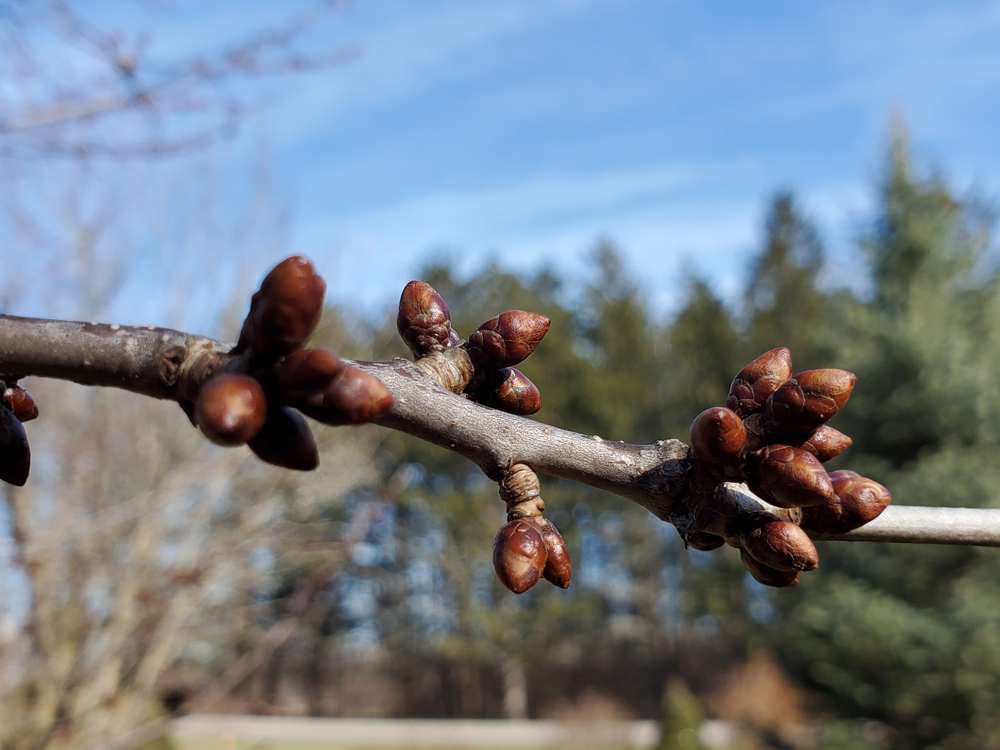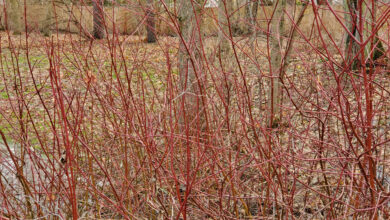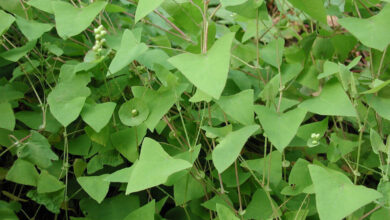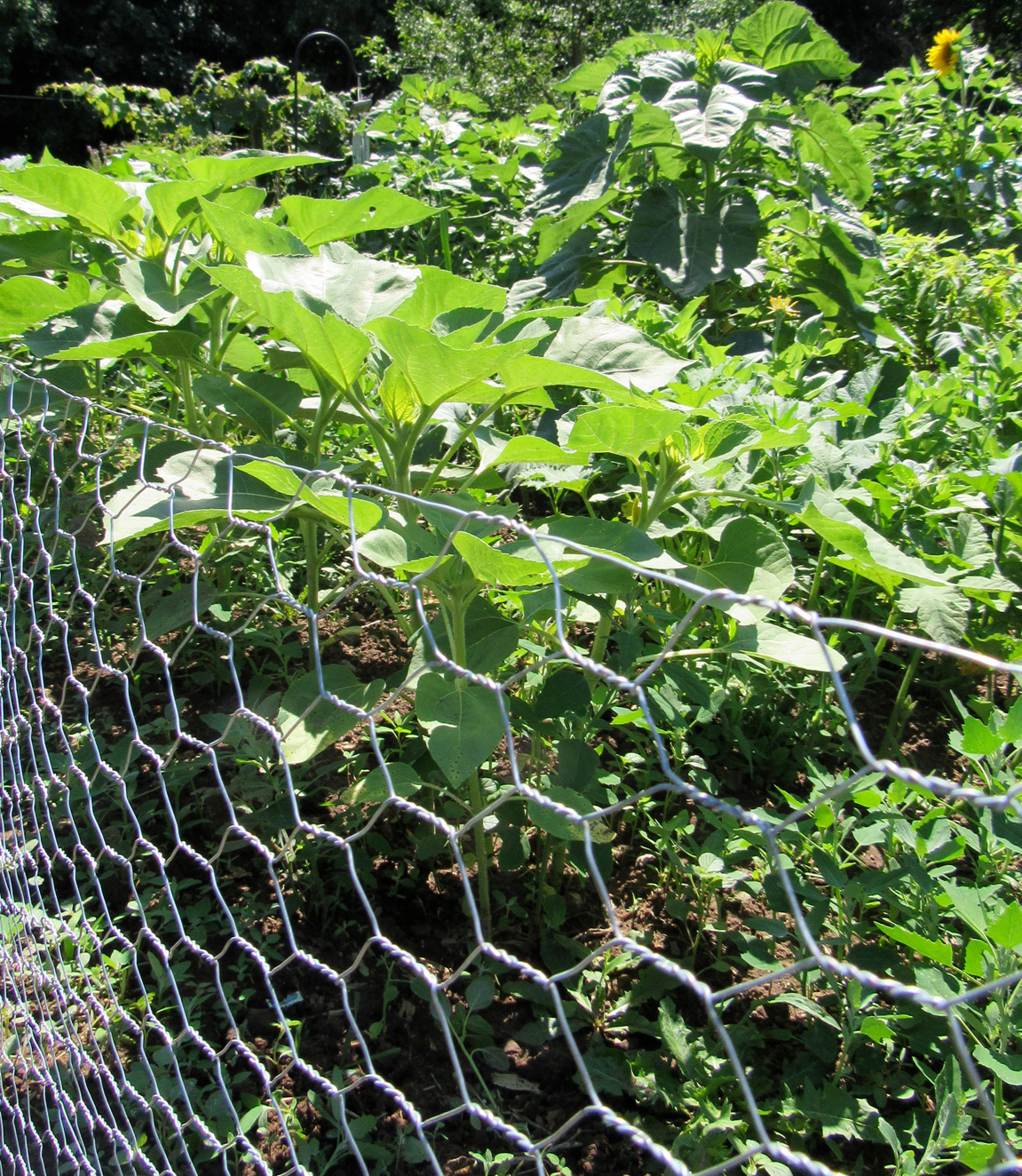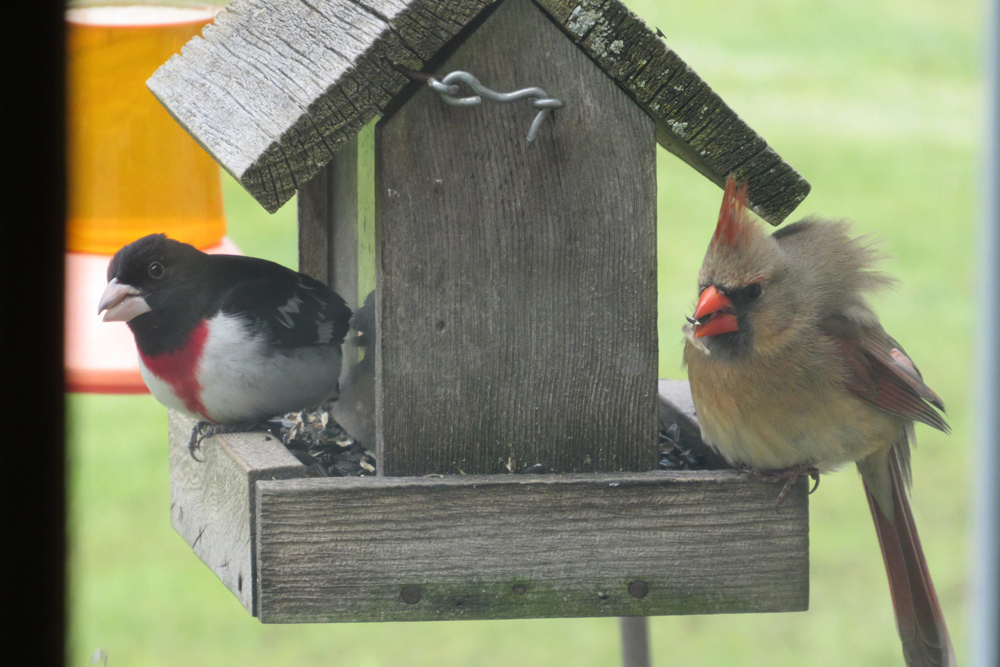Leaf and flower buds in winter

Many plants, especially trees and shrubs, begin developing leaf and flower buds for spring growth during the end of the previous growing season. You may have noticed that after leaves fall in the autumn, new buds are already in place. A flower or leaf bud is simply compressed or undeveloped tissue that typically sticks out from plant stems.
In our region, where we experience all four seasons, most plants go dormant in the winter. The cold, harsh conditions make it impossible for plants to actively grow. This time of plant rest is known as dormancy. At the end of the growing season, shortening day length triggers plants to “harden-off.” They go through the process of acclimation, slowing and then finally stopping their growth. Plants with leaves withdraw nourishment from them and the leaves die back and fall to the ground.
The buds help protect young leaves and flowers during the winter. Additionally, plants have ways of preventing breaking dormancy too early. Each plant – especially fruit trees – have a chilling requirement or chill hours. This is the number of hours the plant needs temperatures between 32° F and 45° F before dormancy is broken and flower buds begin to grow. Times when the temperature drops below 32° F or rises above 45° F do not count toward the chilling requirement. Somehow, plants are able to track these hours. Apples, for example, need 800 to 1,000 chill hours; plums need 400 to 700.
Even though plants have ways to protect their buds from winter damage, cold injury can occur. If ice forms within plant cells, plant tissue dies and leaves or stems become brownish-black and mushy. Cold acclimated plants can withstand some of this ice injury, but those not acclimated can be damaged. Damage to plant roots can lead to plant death.
If your plants and trees sustain flower and leaf bud damage due to fluctuating temperatures, there can be a reduction or total loss of blooms and damage to the foliage in spring. The University of Georgia Cooperative Extension says you can appraise damage by removing several buds and cutting them open to determine their condition. If the buds are green throughout, they are healthy. If you see brown or darkened areas, there has been injury.
Gardeners can also help shrub and tree buds to survive the roller-coaster temperatures and harsh conditions of winter by carefully selecting planting sites. Learn which spots are cold spots in your yard and assess microclimates around your property. A warm microclimate near your house or other building with a southern exposure, or even near larger plants, can help protect plants that are more cold-sensitive.
Canopies can also help. Radiational cooling on clear, calm nights lead to temperature drops because surfaces of objects lose heat. Canopies can help reduce radiant heat loss from both plants and soil by stopping heat loss into the atmosphere. Mulching can also help reduce heat loss from the soil and minimize temperature fluctuations. If you have shrubs that may be susceptible to cold damage, you can surround them with wire-fencing and fill the area with leaves to help insulate them.
Remember not to prune or fertilize plants late in the growing season. Both of these activities can spur new and tender growth which is more susceptible to cold injury. Late winter and early spring are good times to prune shrubs that bloom later in the season, as well as fruit trees and roses. Don’t prune spring-flowering shrubs like lilacs and forsythia until after bloom.
